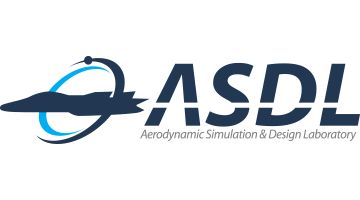Supercavitating Flows around Underwater Vehicles
Cavitation is a well-known phenomenon that occurs when the local liquid pressure falls sufficiently below the saturated vapor pressure. Cavitation accompanies performance deterioration and structural damage in various hydraulic devices such as propeller of ships and impeller of turbo pumps. So it is usually regarded as a detrimental phenomenon. However, for high-speed underwater vehicles, cavities can reduce frictional drag acting on a vehicle. When a cavity covers the entire vehicle body, it is called supercavitation. Cavitation can be divided into two types; natural cavitation and ventilated cavitation. Ventilated cavitation is a kind of artificial cavitation. It can be made by injecting non-condensable gas such as air or exhausted gas into the liquid flow field. It is very hard to achieve natural supercavitation because very high speed is required to form natural supercavity. So ventilated cavitation is used at relatively low speed to safely accelerate and achieve natural supercavitation.

Practical underwater vehicles have control fins generating hydrodynamic forces such as lift and side forces. Supercavitating flow can directly affect the forces acting on a control fin. Hence, it is essential to study the effects of supercavitating flow on the hydrodynamic forces. In this topic we conducted 3D computations of supercavitating flows around a high-speed underwater vehicle with control fins, and investigate hydrodynamic coefficients of the control fins to show the effects of supercavitating flow on the coefficients with various freestream velocities, ventilated mass flow rates, angles of attack and so on.








